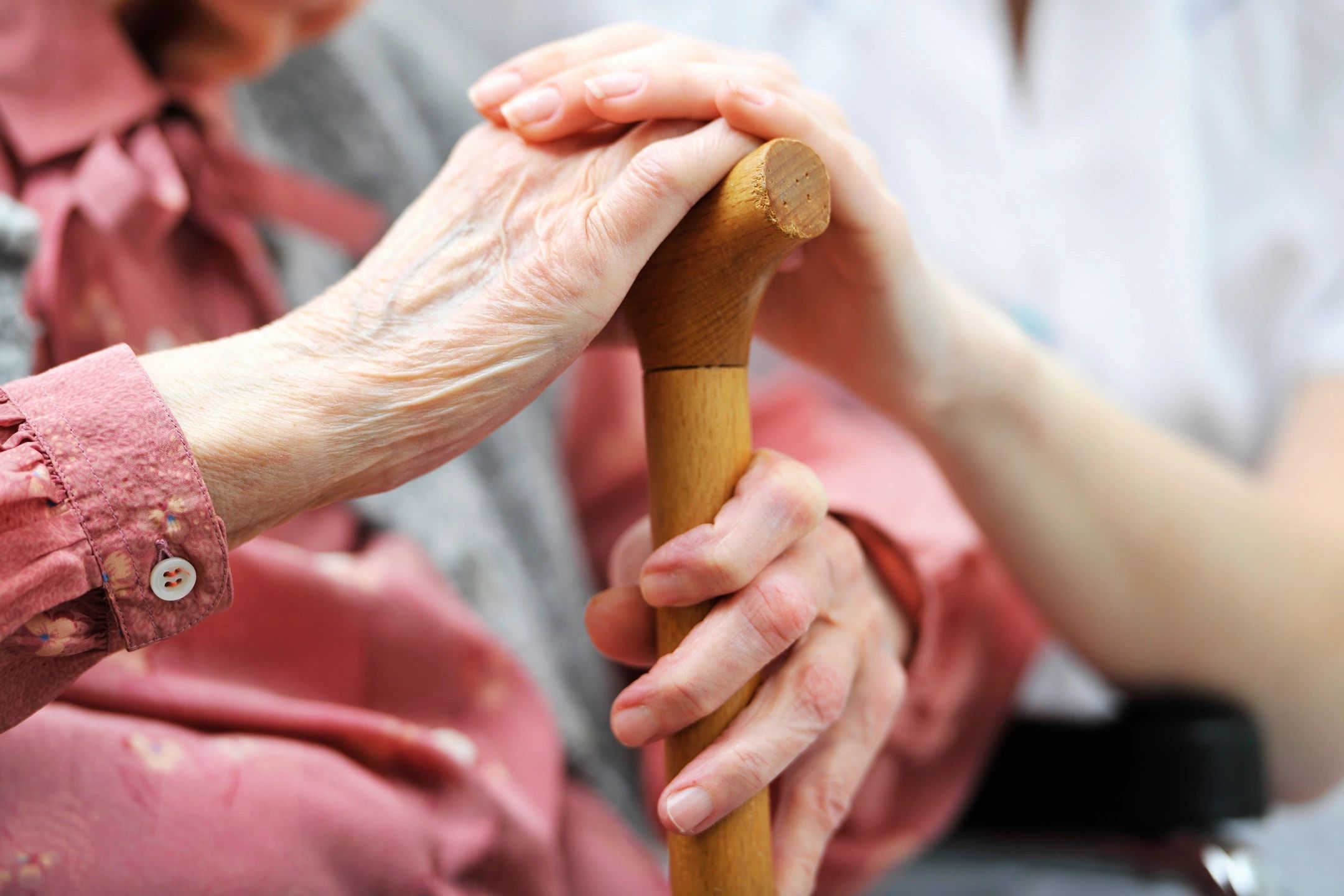The words “hospice patient” and “Alaskan vacation” don’t usually go together. But for my 82-year-old mother, it was a perfect fit. Two months after her cancer diagnosis, she sat beside me on the deck of a cruise ship, closing her eyes with pleasure as she felt the ocean breezes again. Enrolling in hospice early gave her the freedom to enjoy the trip of her dreams and keep living the life she loved once she returned home.
I’m one of many women in midlife who have been forced to navigate an aging parent’s health crisis. Hospice care isn’t the right choice for every family, but it’s an important option to understand.
What Hospice Is—And What It Isn’t
Whenever we hear that someone is “on hospice,” we start thinking about what we’ll wear to the funeral. That’s because many patients aren’t enrolled until their final days of life. But hospice can begin sooner than that, and it includes much more than health care. It gives patients and families access to social workers, chaplains, volunteer helpers, and other support.
Hospice is all about quality of life, not quantity. Most patients are expected to live less than six months. Patients must stop all treatments meant to cure an illness or prolong life. They still receive medical care, but the goal is to keep them comfortable and manage their symptoms.
Busting the Myths About Hospice Care
Hospice has been around for decades, becoming more mainstream as baby boomers age. But many people have misconceptions about it. To test your knowledge, try this quiz from the American Hospice Foundation.
Here’s what everyone with a vulnerable loved one needs to know.
Hospice is a form of care, not a place. Patients can live in a nursing home, a hospital, a dedicated hospice facility, or their homes. My mother spent her last days in her living room, just as she wanted.
Hospice isn’t just for older people with cancer. Patients can be of any age with any terminal diagnosis. Hospice accepts people with end-stage kidney failure, heart disease, dementia, and other conditions. It’s covered by many private insurance policies, Medicare, and most Medicaid programs.
You don’t have to wait until the final days or weeks of life to enroll; you can receive care as long as you need it. Patients and families can sign up any time, as long as the life expectancy is below six months and they’ve opted for comfort care only. People who survive more than six months can stay enrolled in hospice care.
Hospice doesn’t normally provide 24/7 in-home care. If a patient is at home, family members give the most daily care or whoever the family hires. Aides or nurses from the hospice team visit regularly, but it’s up to families to arrange (and pay for) any additional full-time care. My biggest regret about my mother’s illness is that we didn’t understand the limitations of hospice in time to plan for other caregivers.
Hospice includes holistic care for both patients and families. The goal is to help meet the patients’ and families’ spiritual, psychological, and emotional needs, not just the patients’ physical needs. Most hospices have social workers and chaplains on their teams. Many also include health professionals like physical and occupational therapists and a caring network of trained volunteers.
Finding a Hospice
Just like hospitals, some hospices are for-profit, and others are nonprofit. Nonprofit is often a better option, but there are well-run, compassionate for-profit agencies, too.
Research what’s available in your area, contact several agencies, and ask questions. Consumer Reports offers helpful recommendations about what features to look for. If any services are especially important to you, double-check before enrolling.
Find out about insurance coverage and limitations. Talk to patients’ families if you can. Your loved one’s healthcare provider can often make a recommendation, but do your homework, too.
What to Expect After You Enroll
Hospices support patients and families in many ways. You can call them 24/7 to get help or advice. Team members will visit regularly whether your loved one is at home, in a hospital, or in another facility. They also coordinate with your loved one’s other healthcare providers.
One of the best parts of hospice care is that it doesn’t end when a patient passes away. Most agencies offer grief support for family members for at least a year. (My father has attended a hospice-run men’s support group for almost seven years!) Resource people like chaplains and social workers also remain available.
Hospice isn’t perfect. Some programs are better than others, and they all have limitations, just like any other form of healthcare. But for my mom, hospice was a compassionate, practical choice that gave her the peaceful ending she wanted. Whenever families are faced with difficult choices about end-of-life care, hospice is worth considering.


Leave a Reply